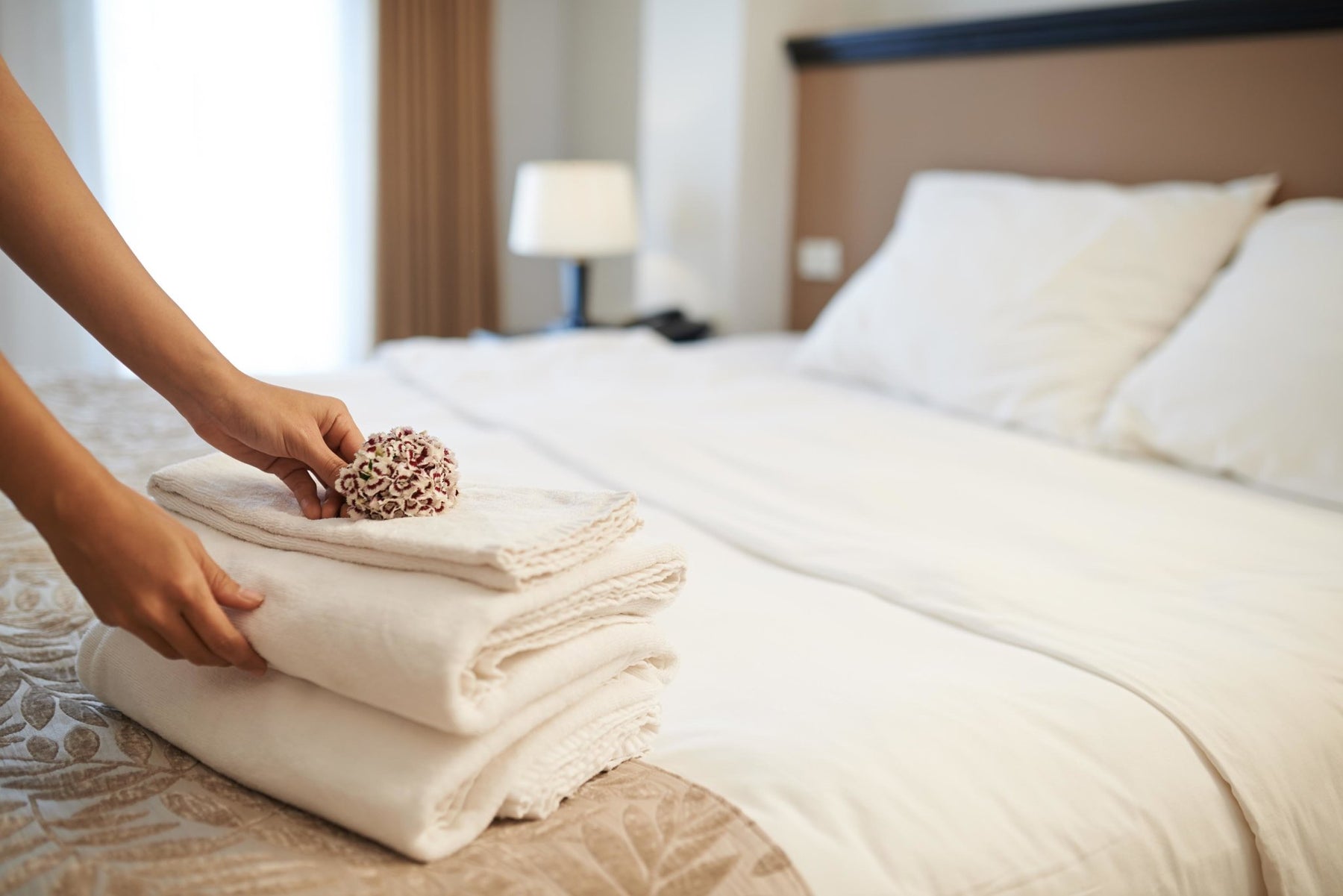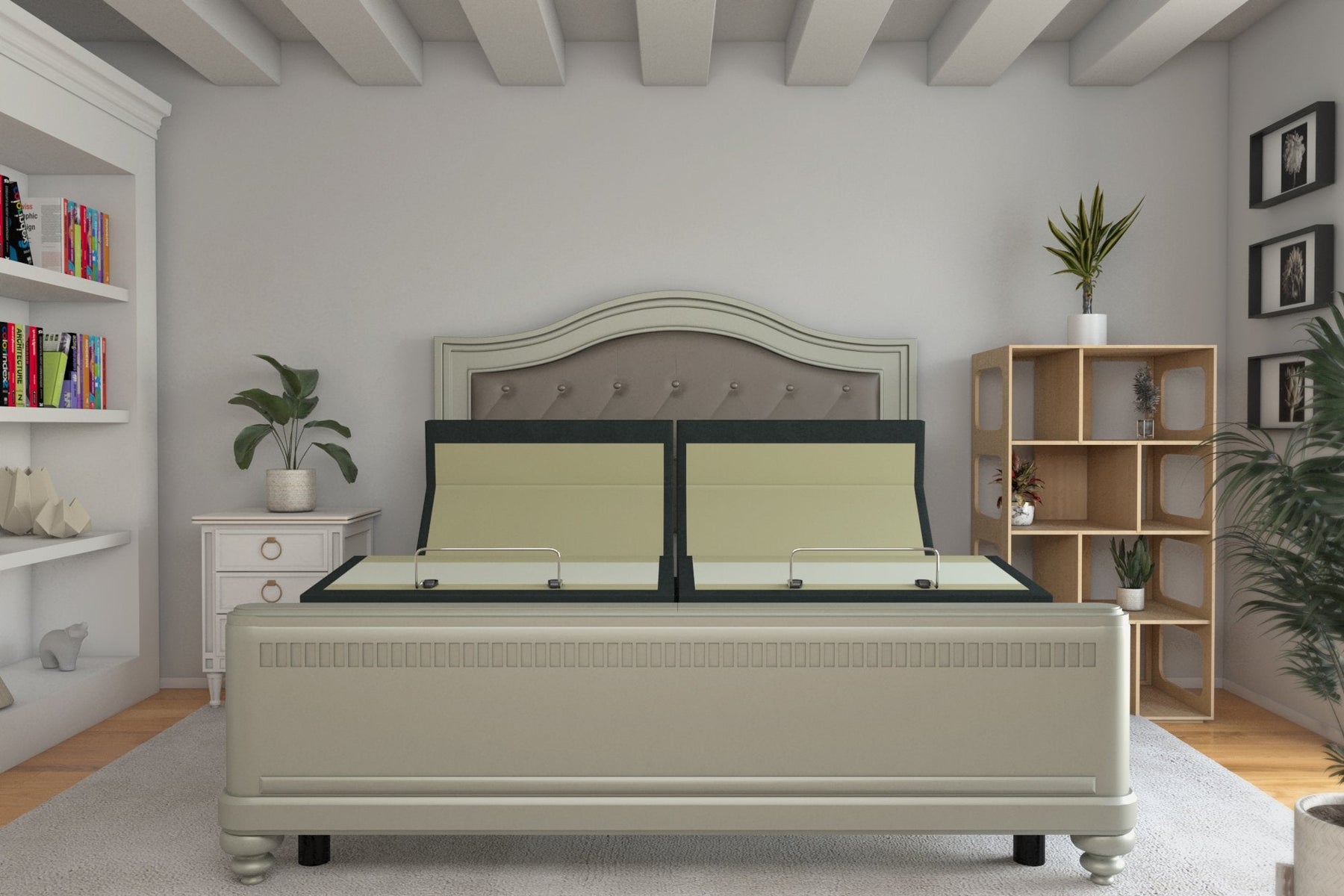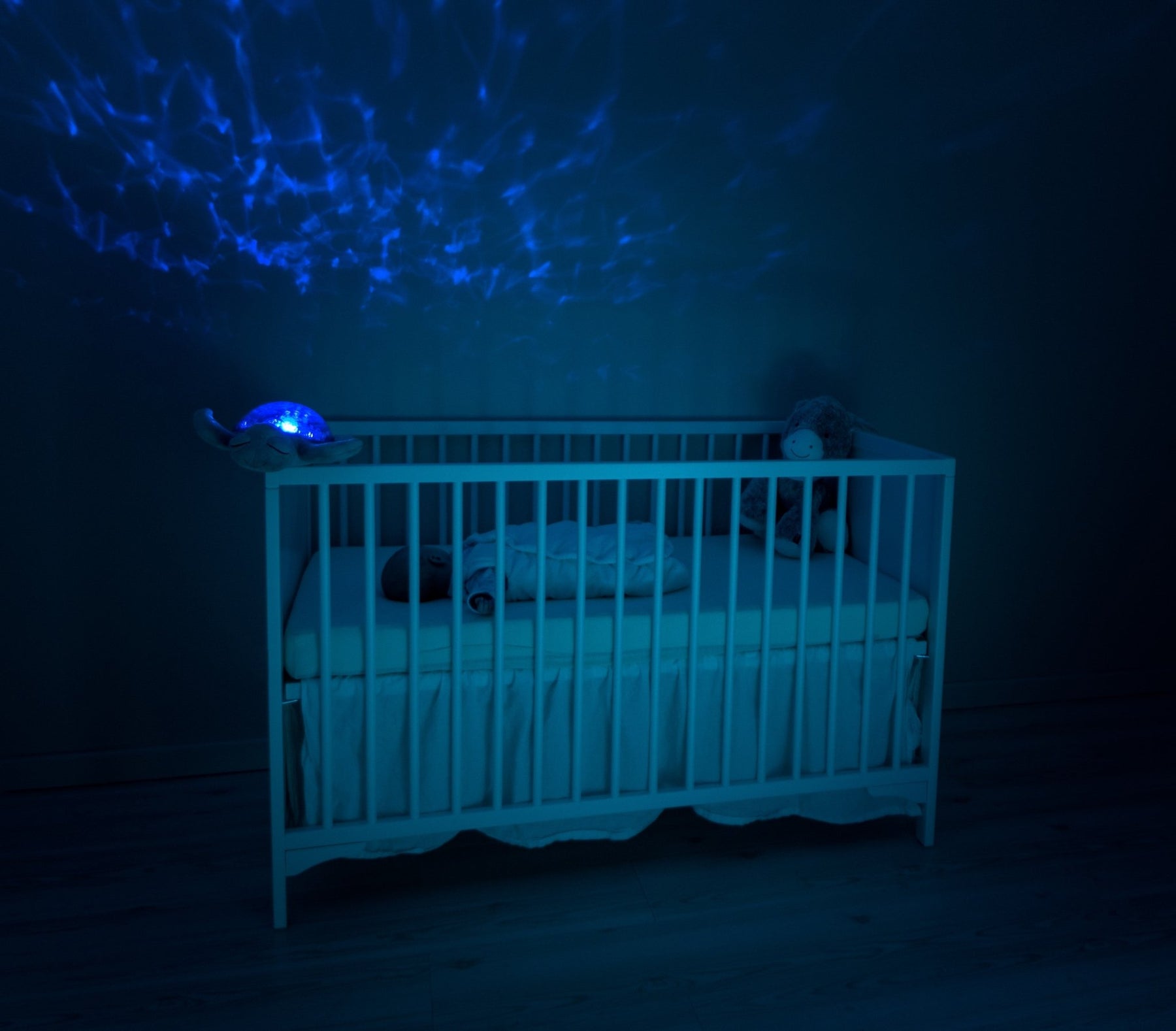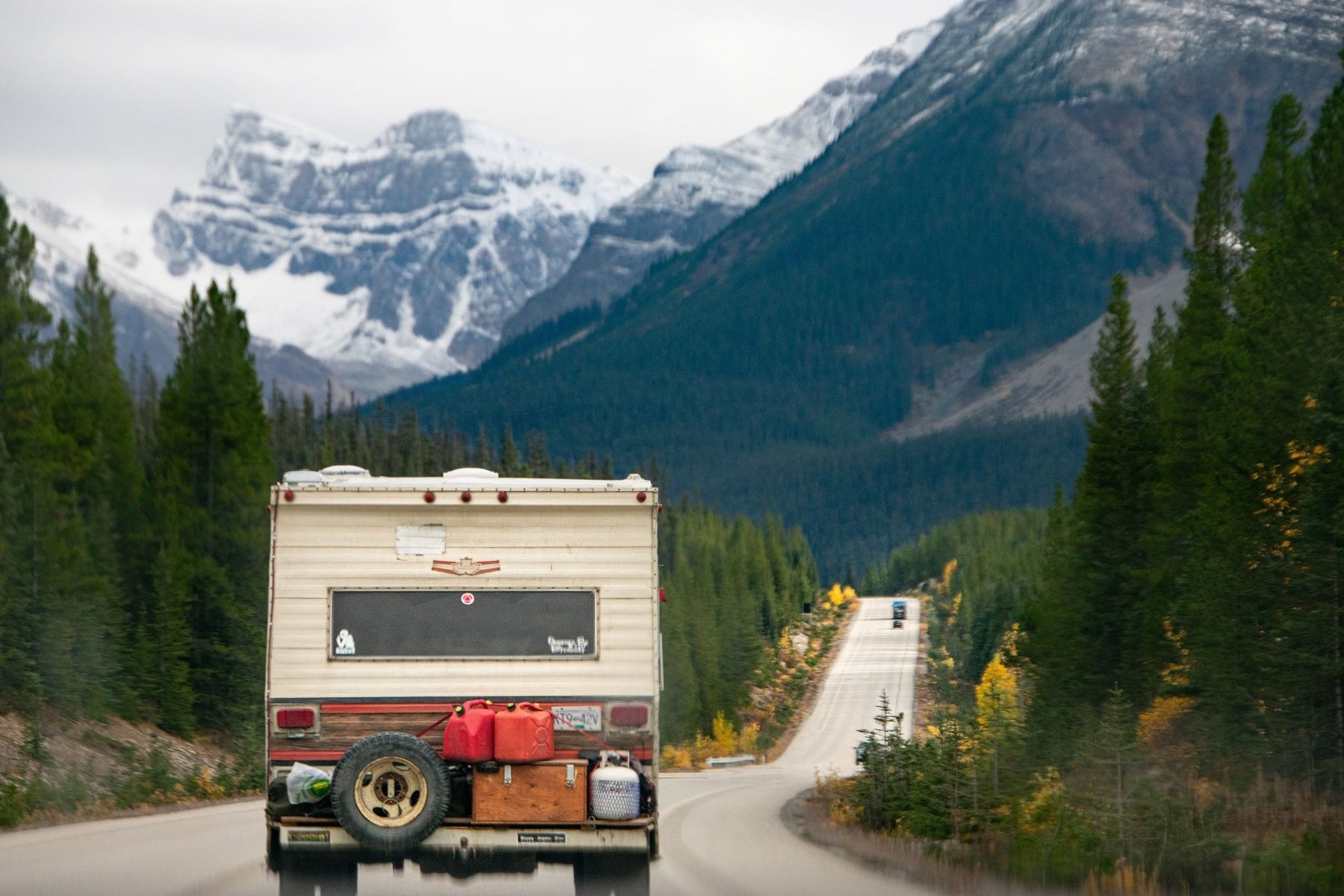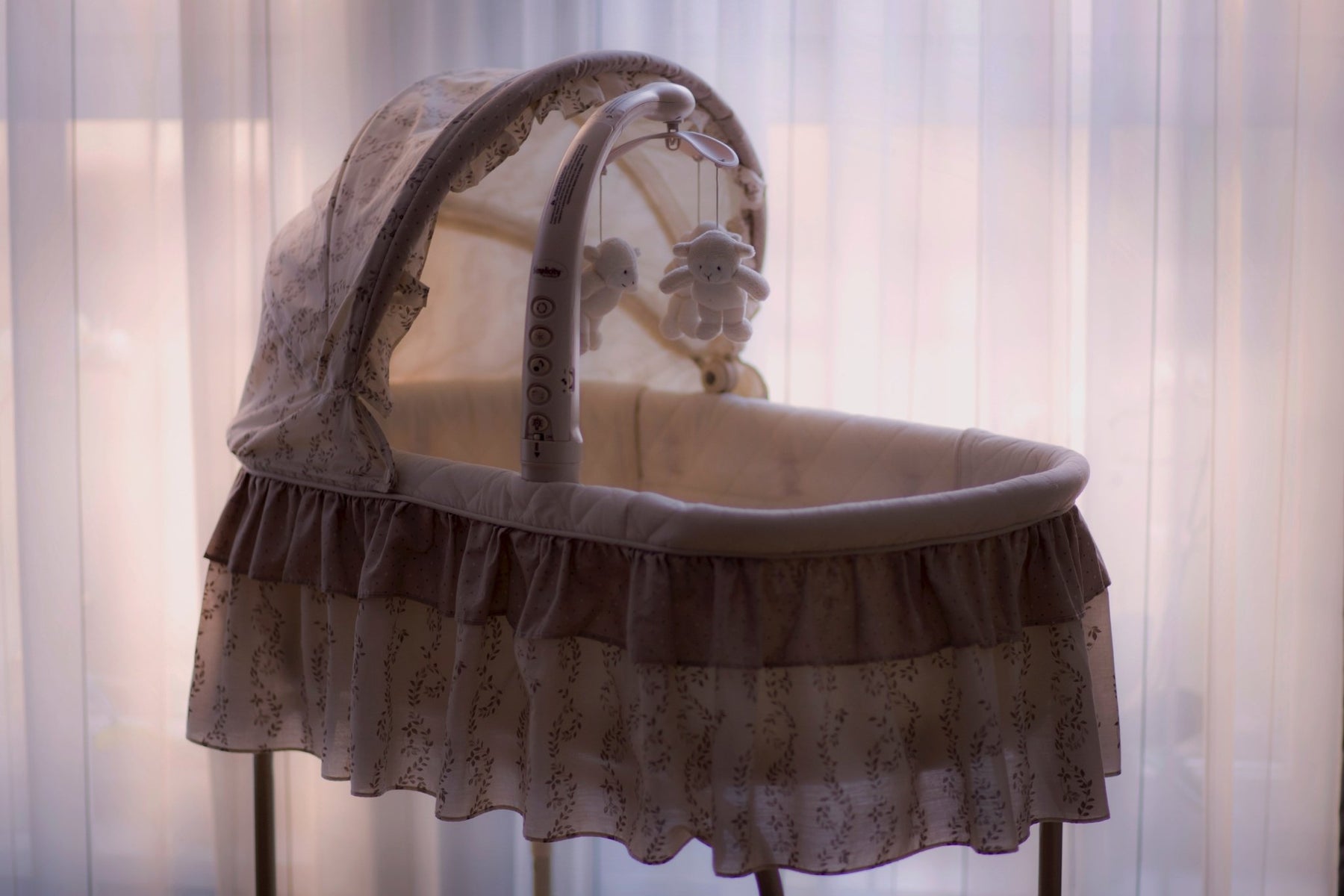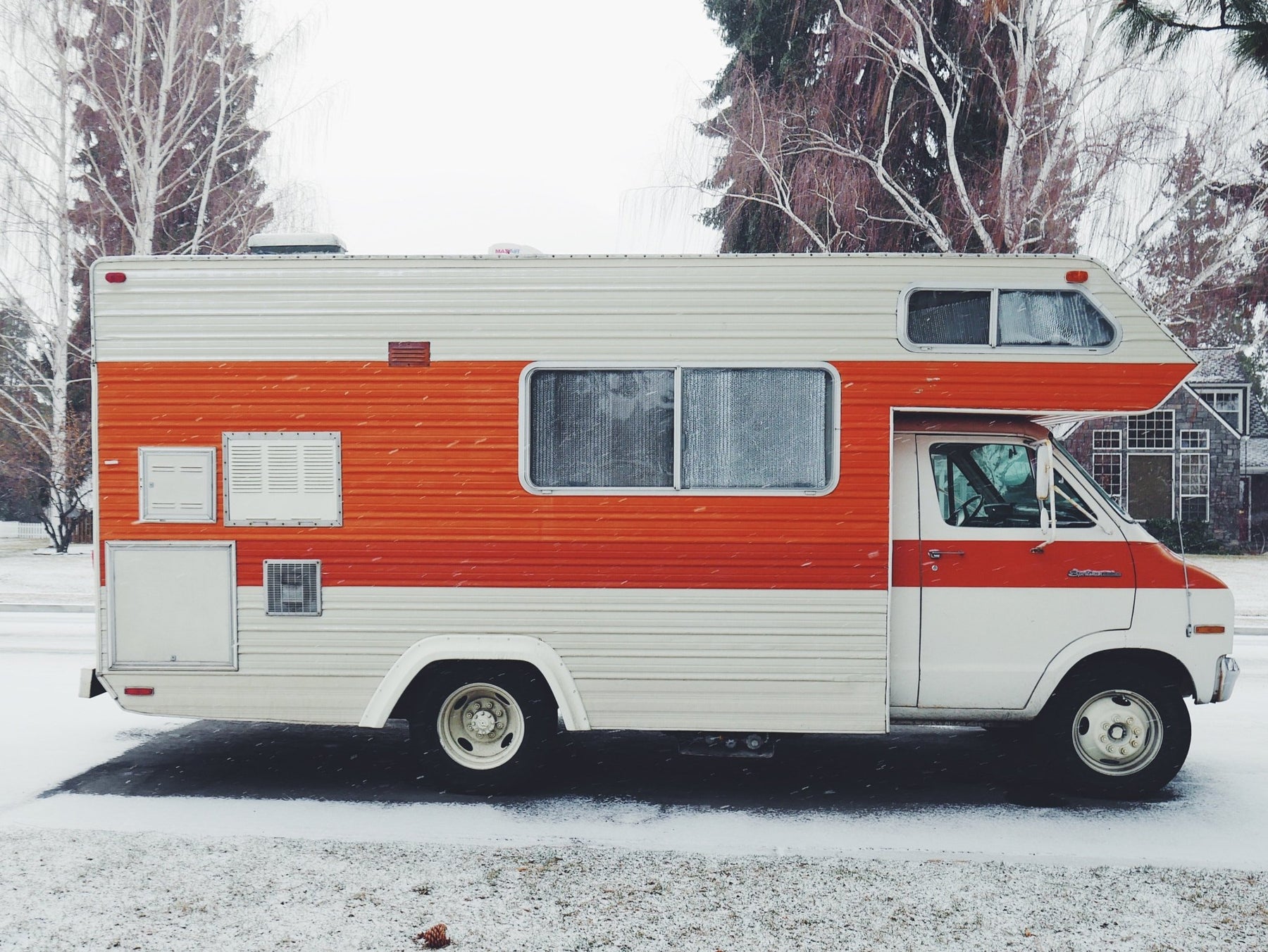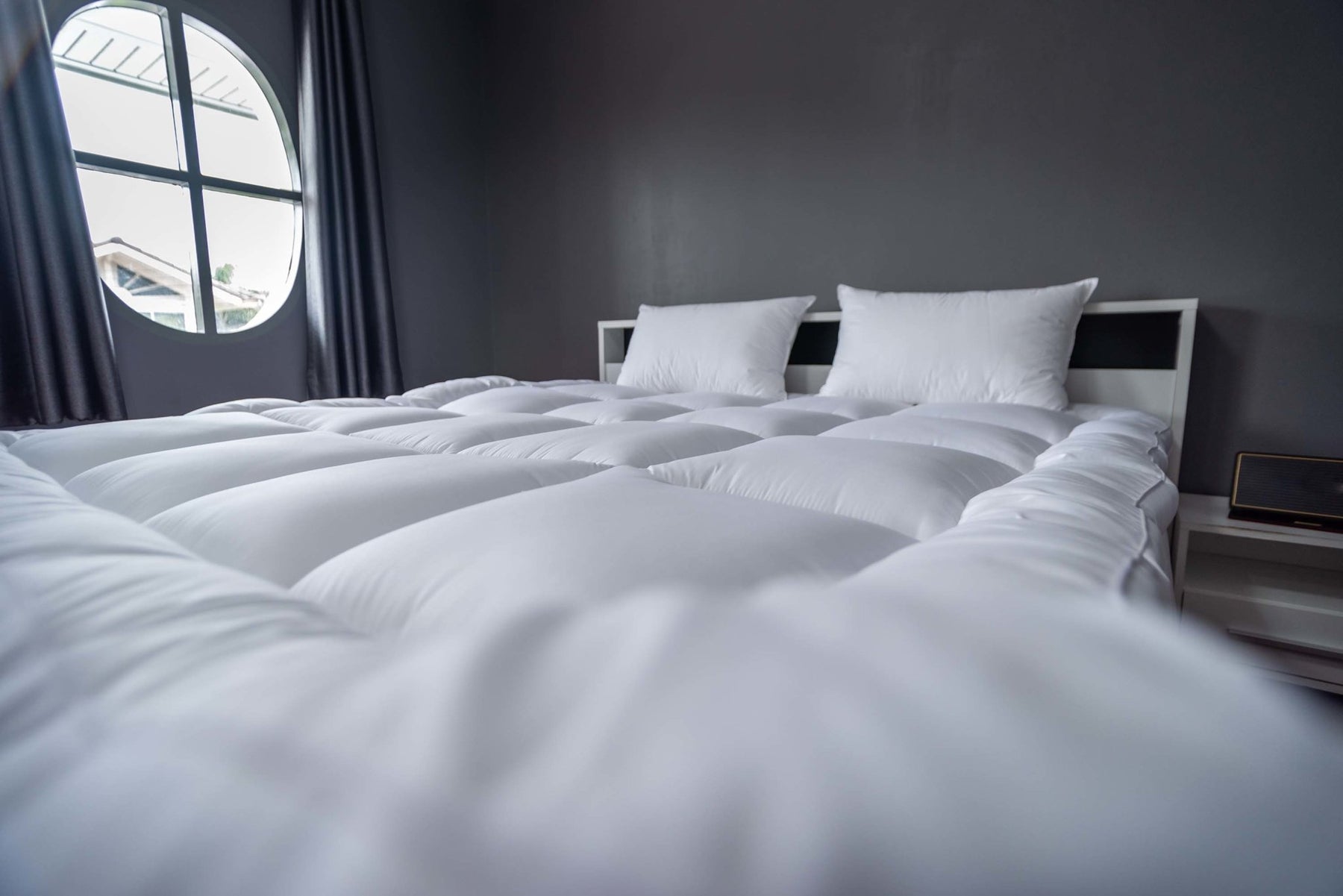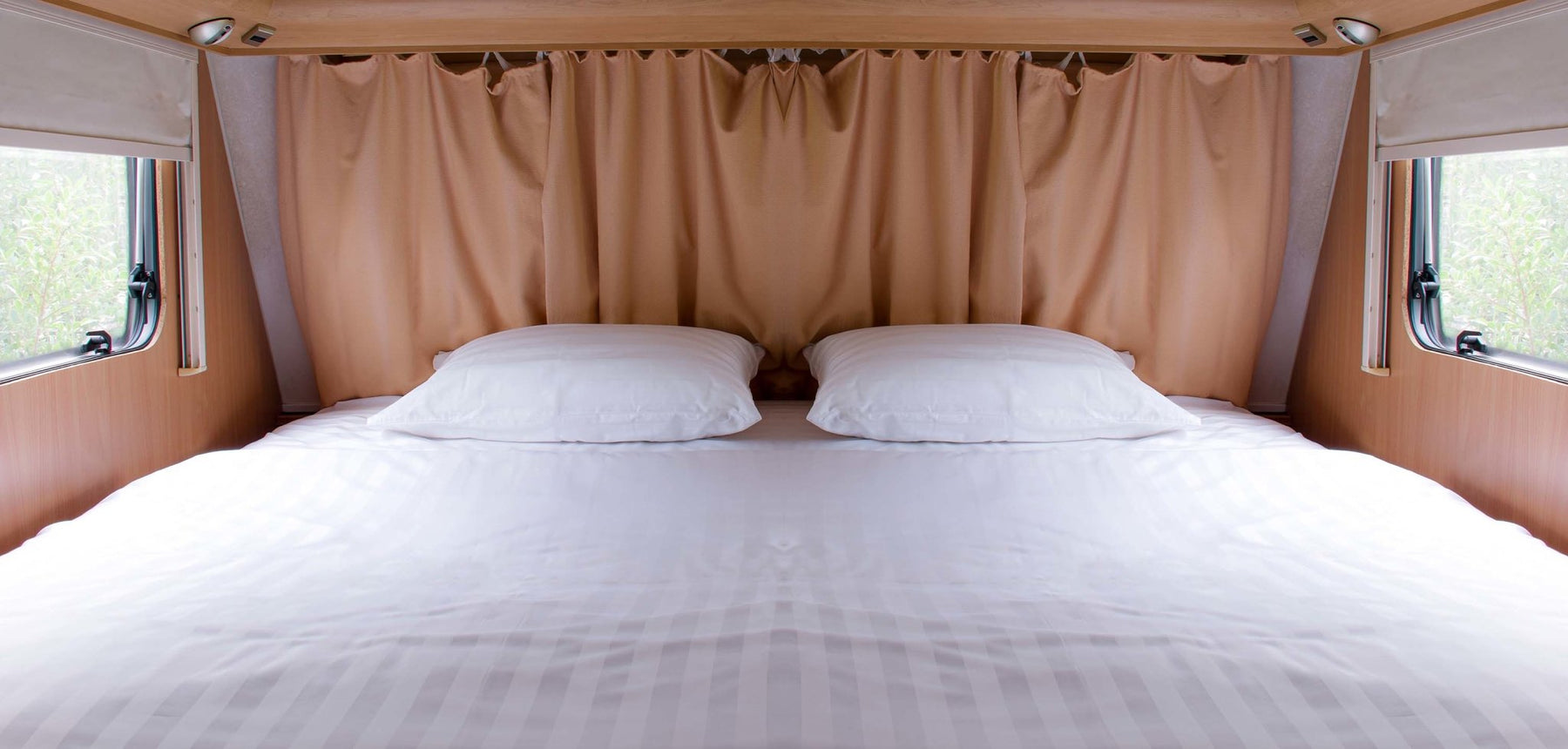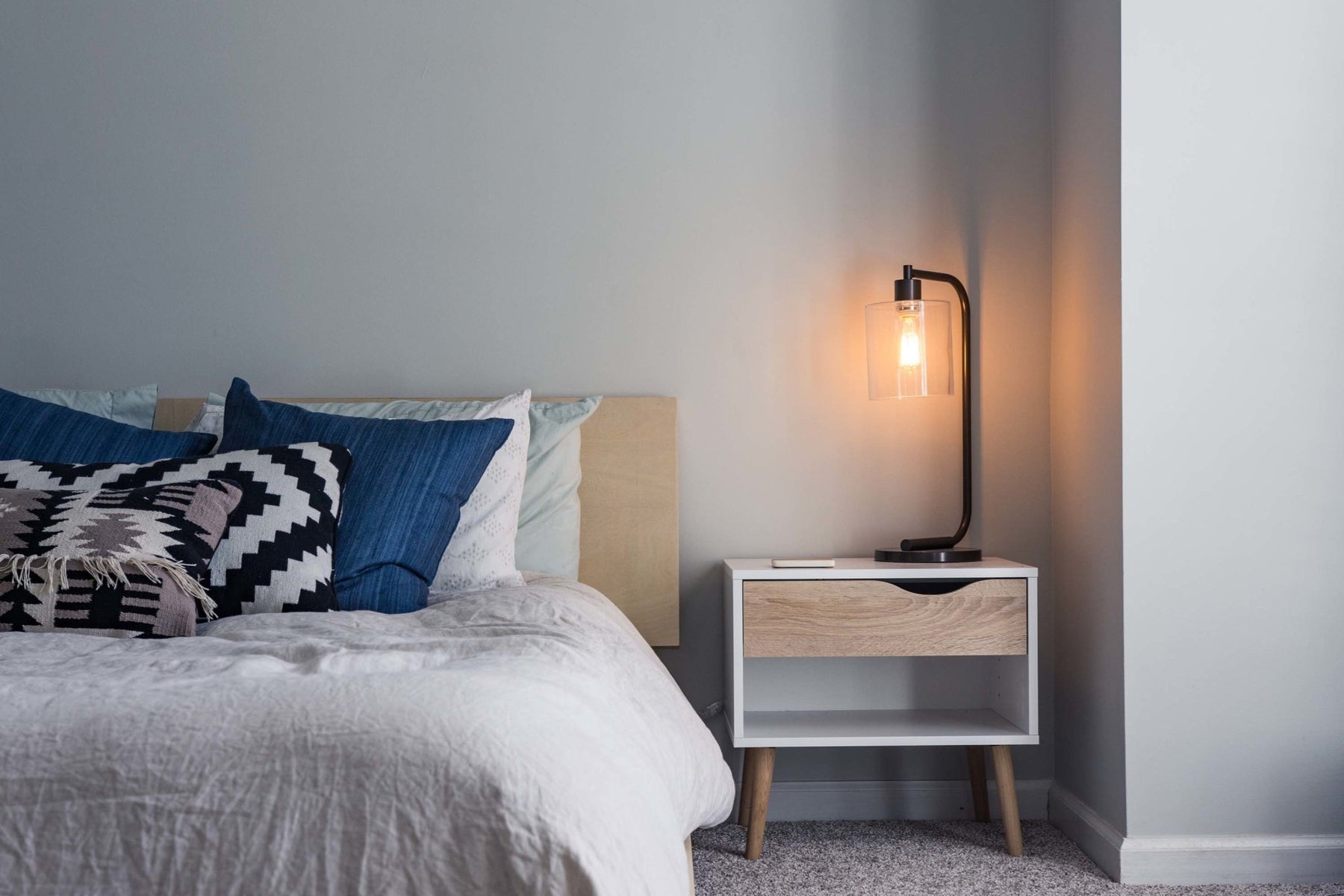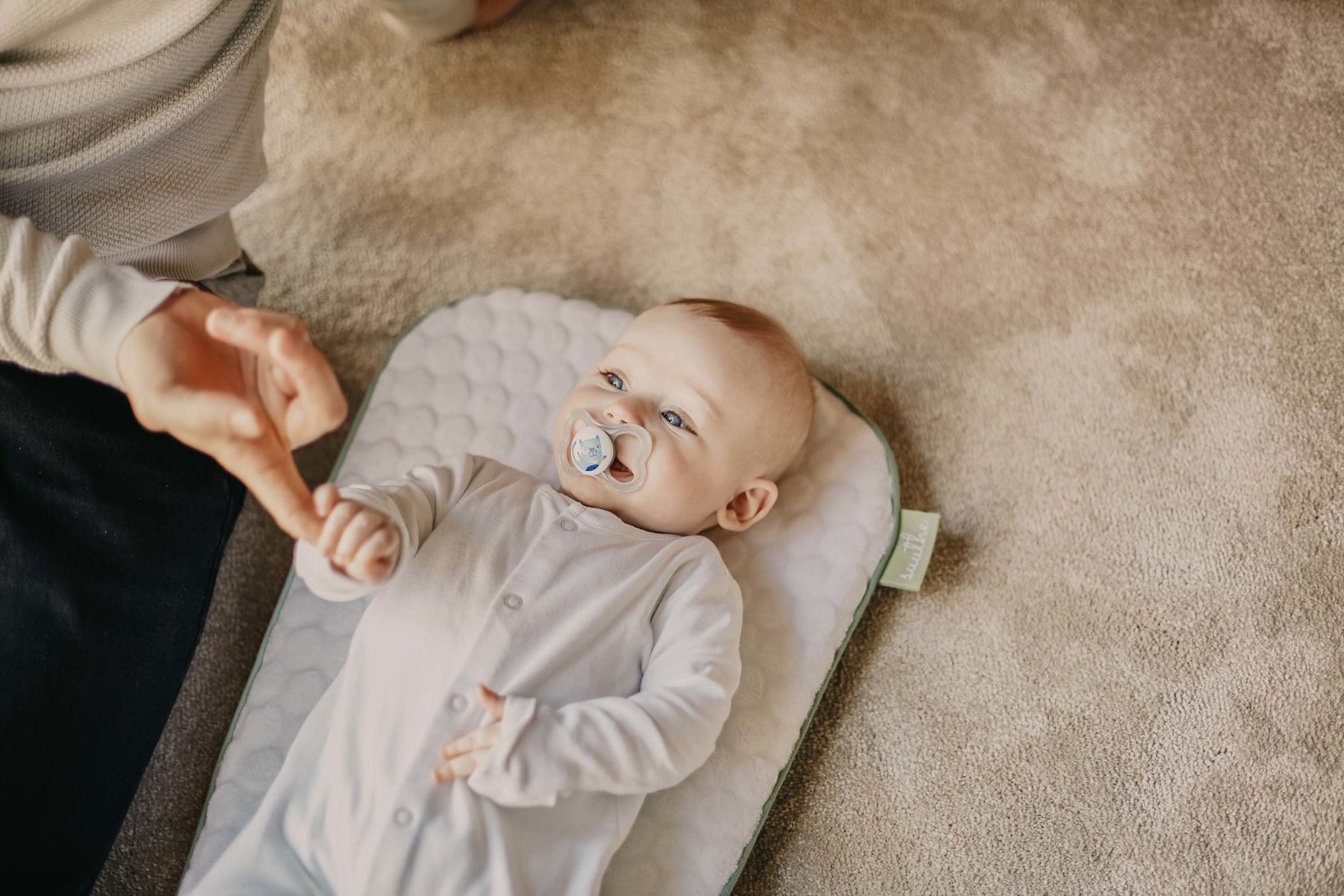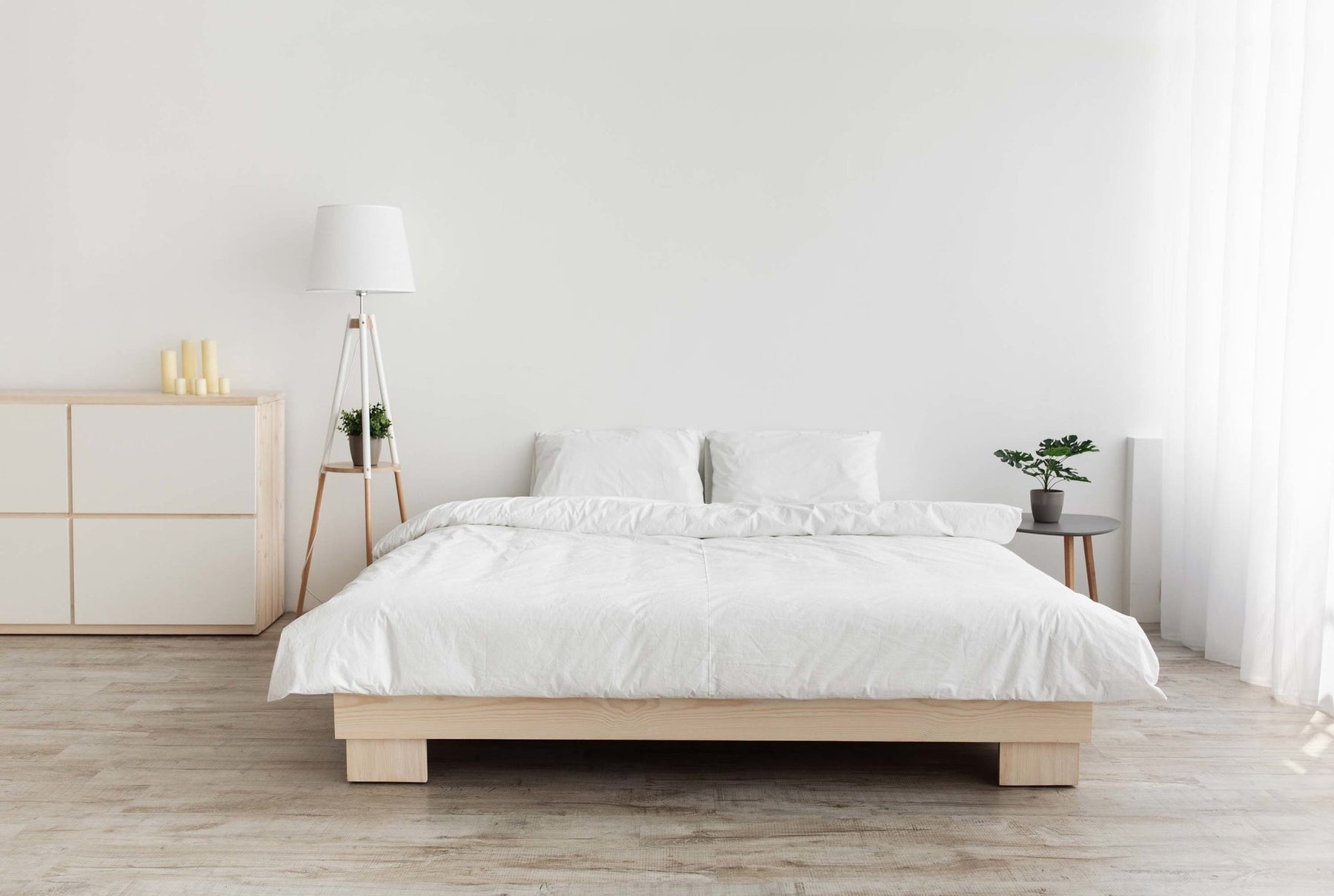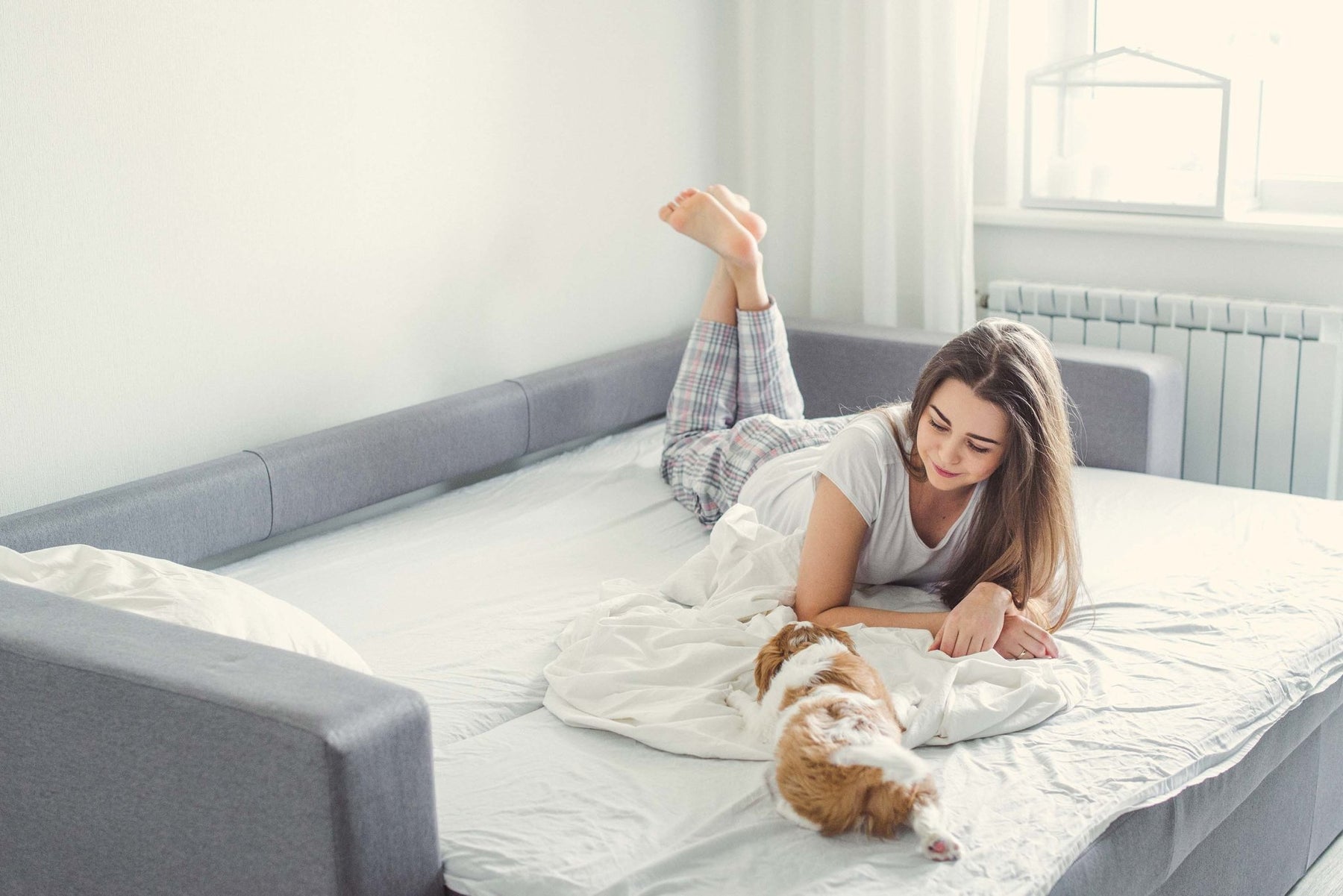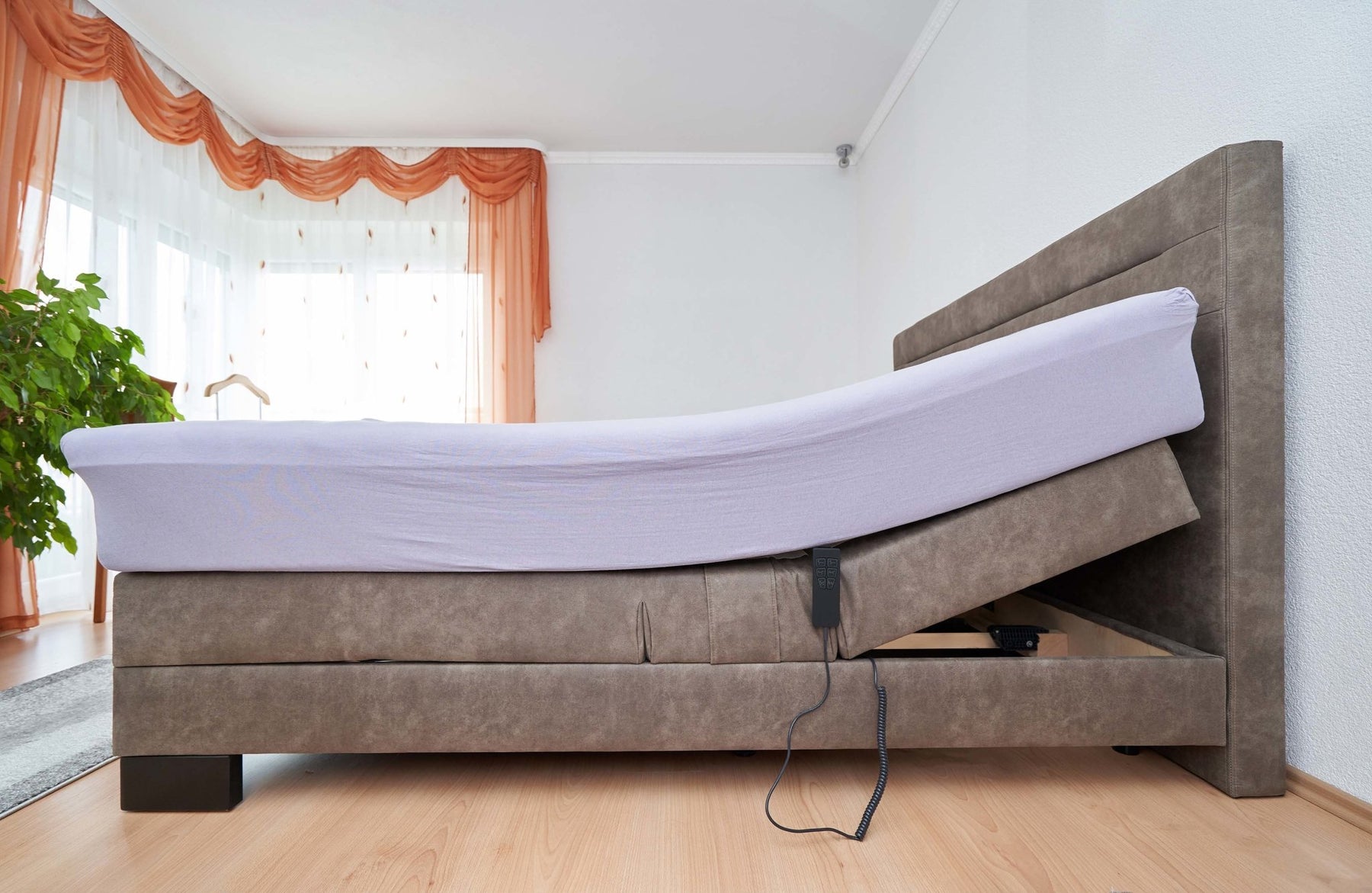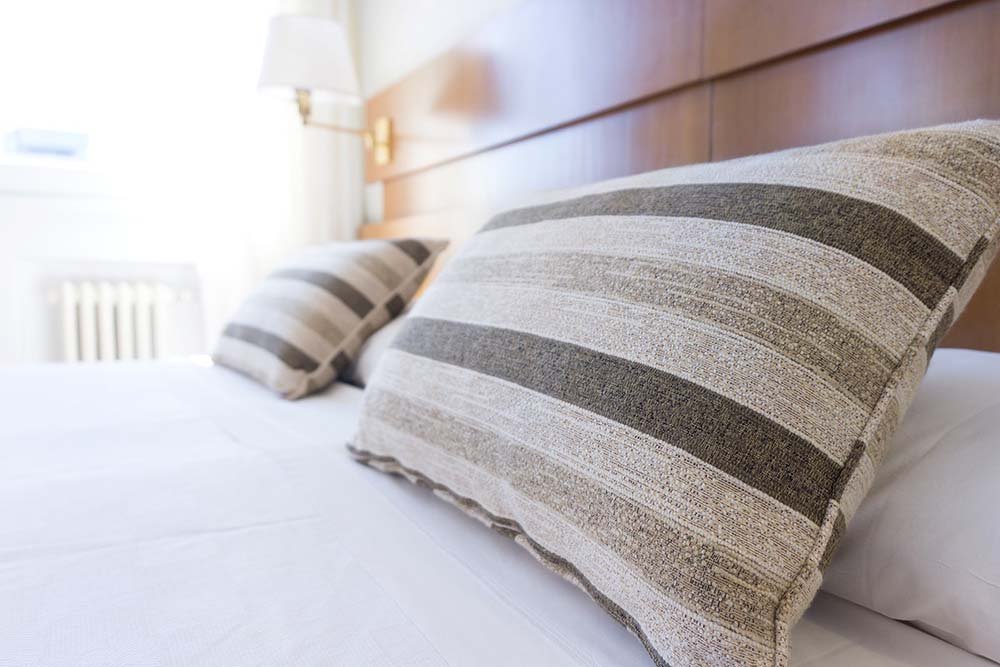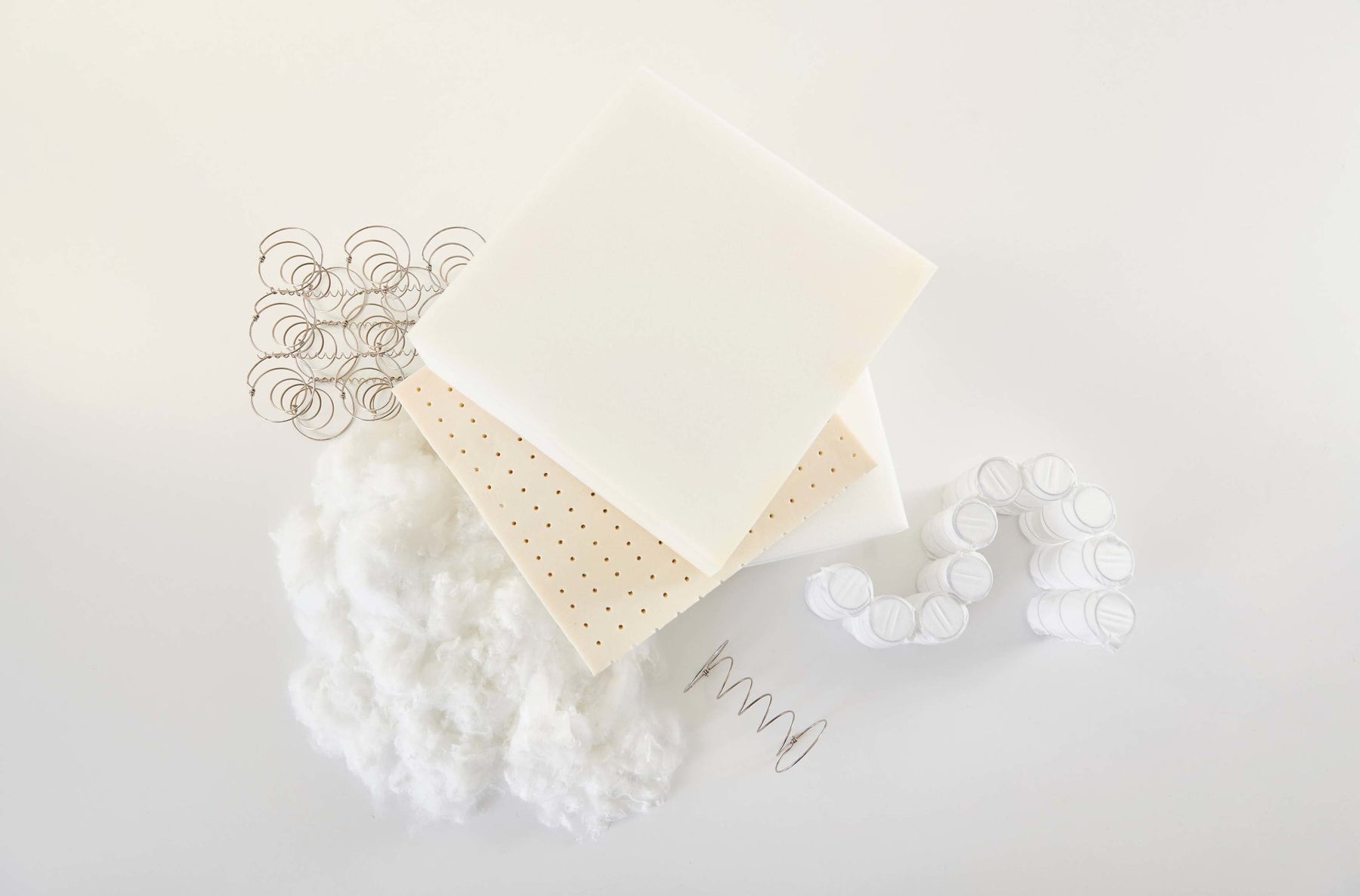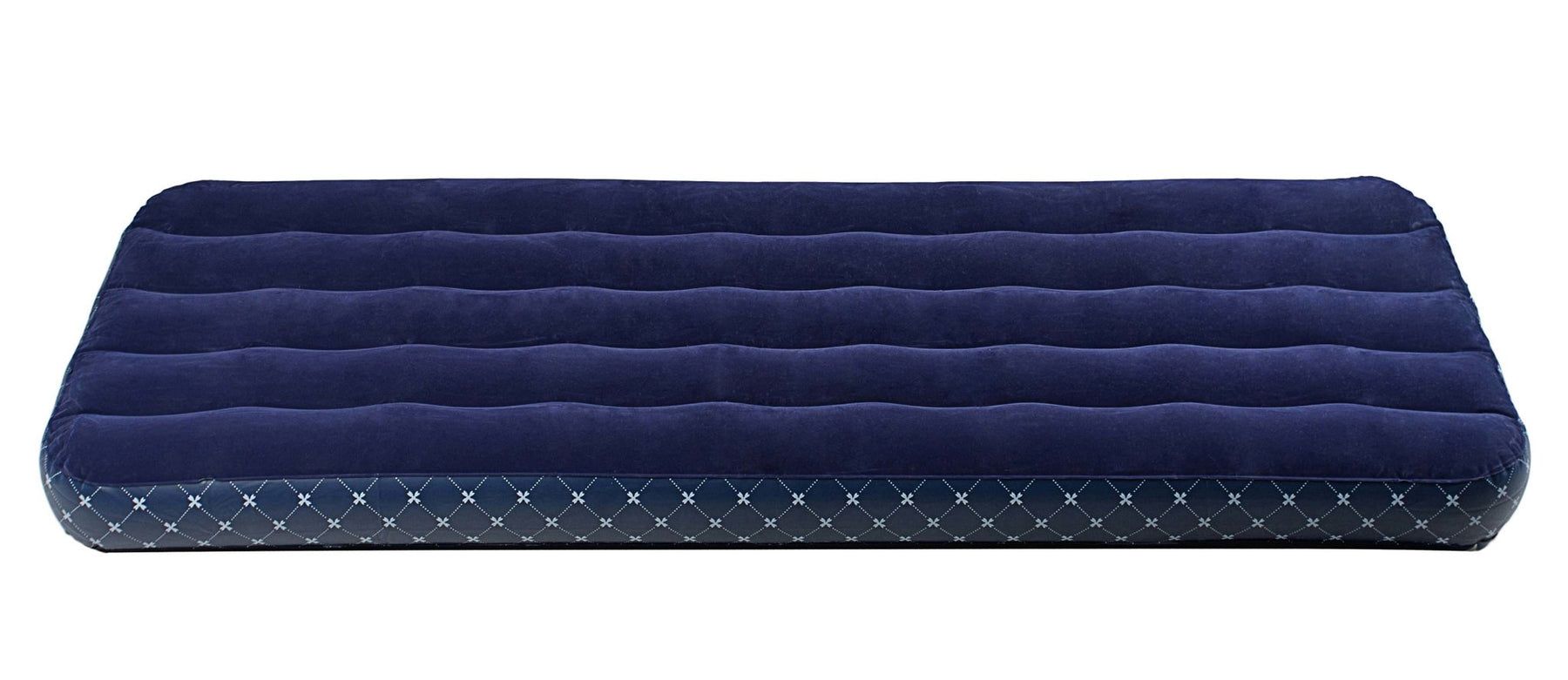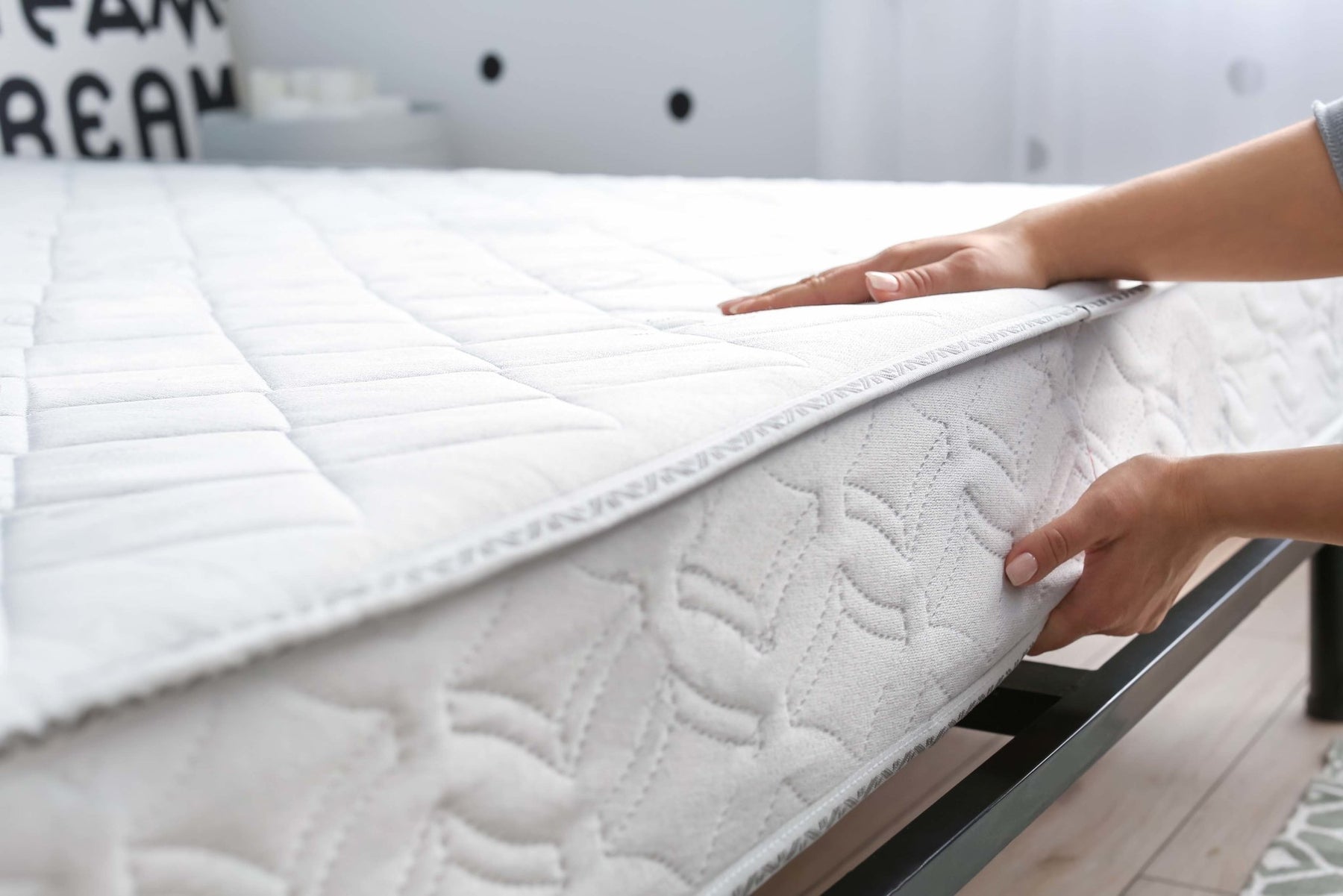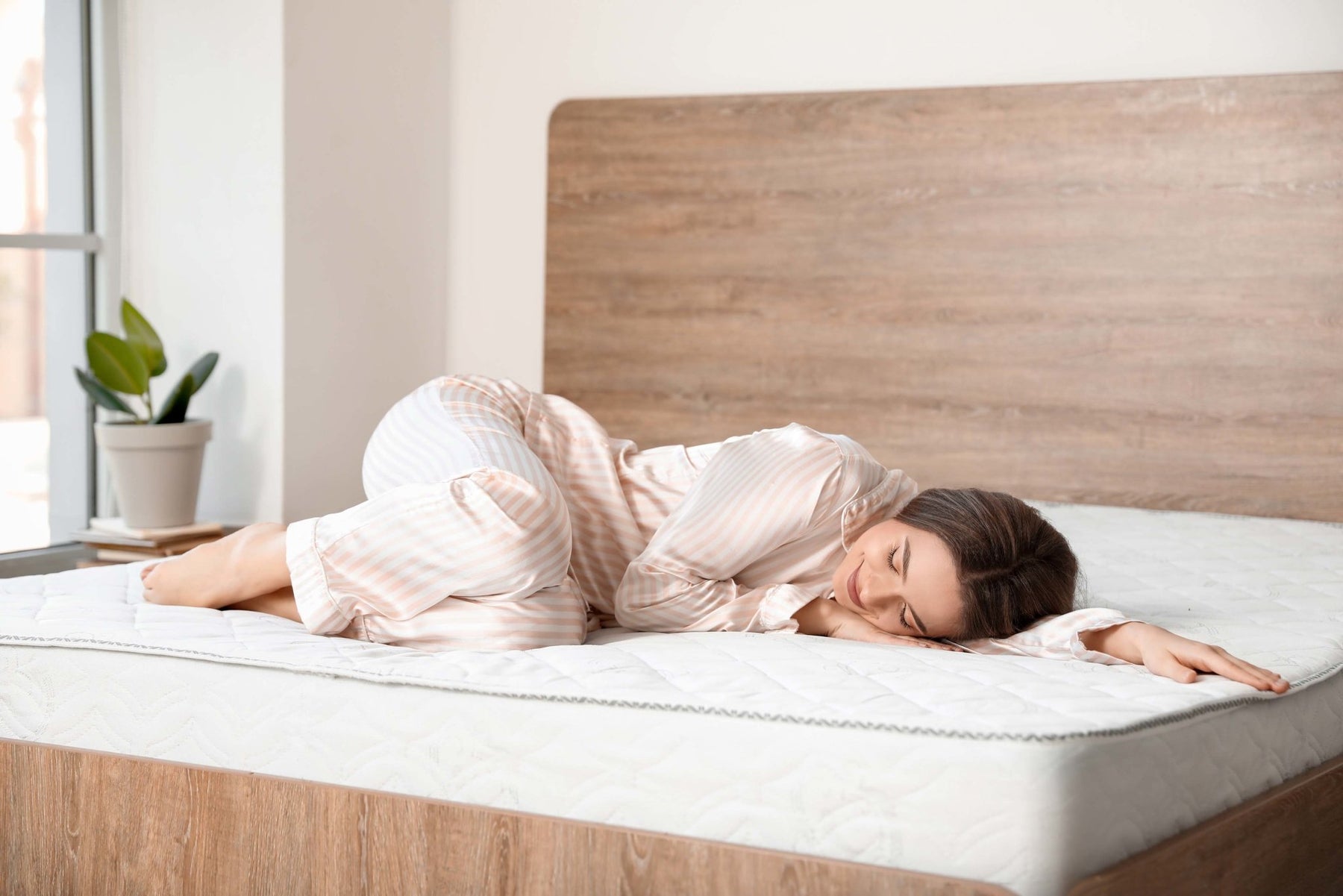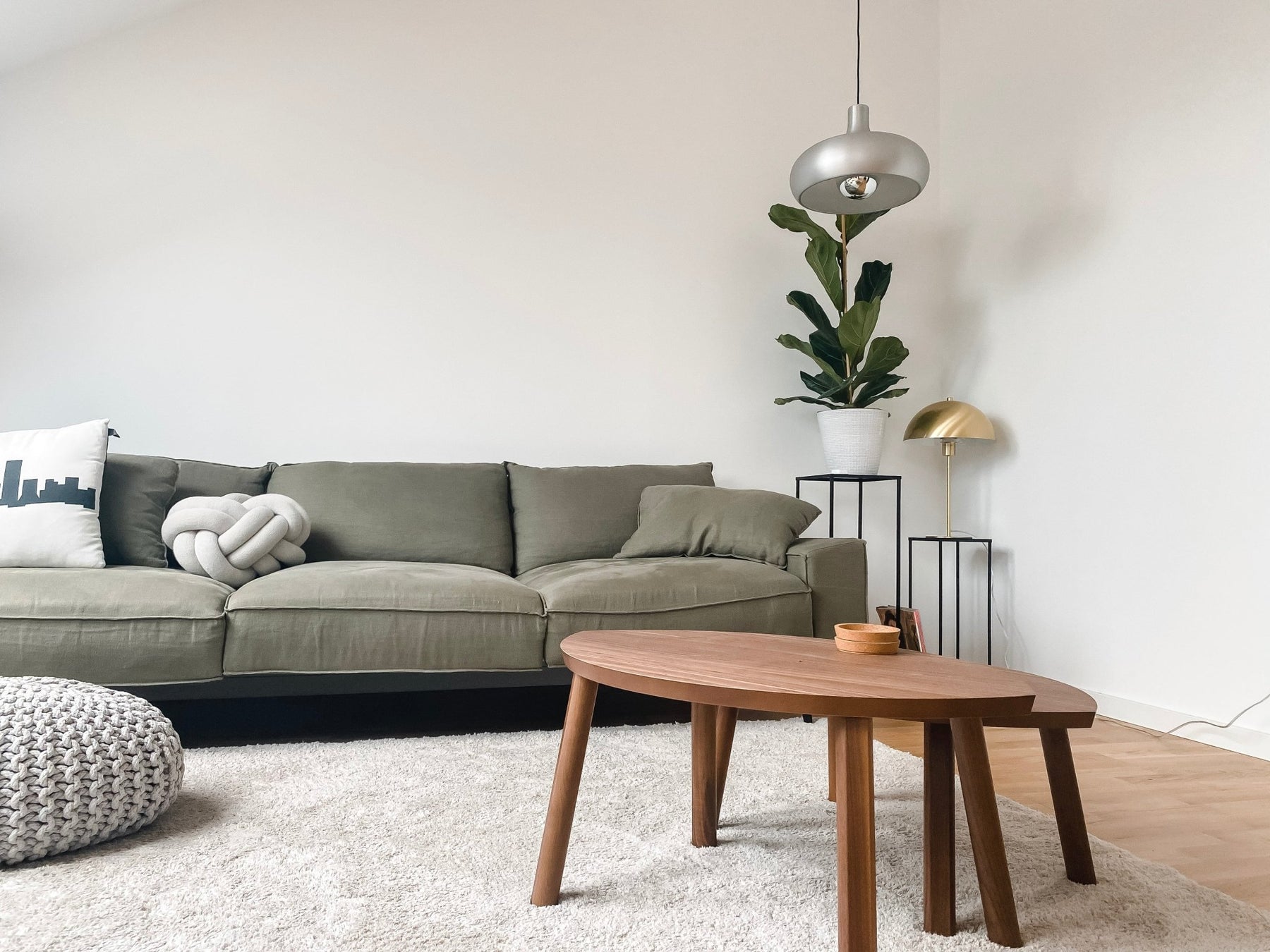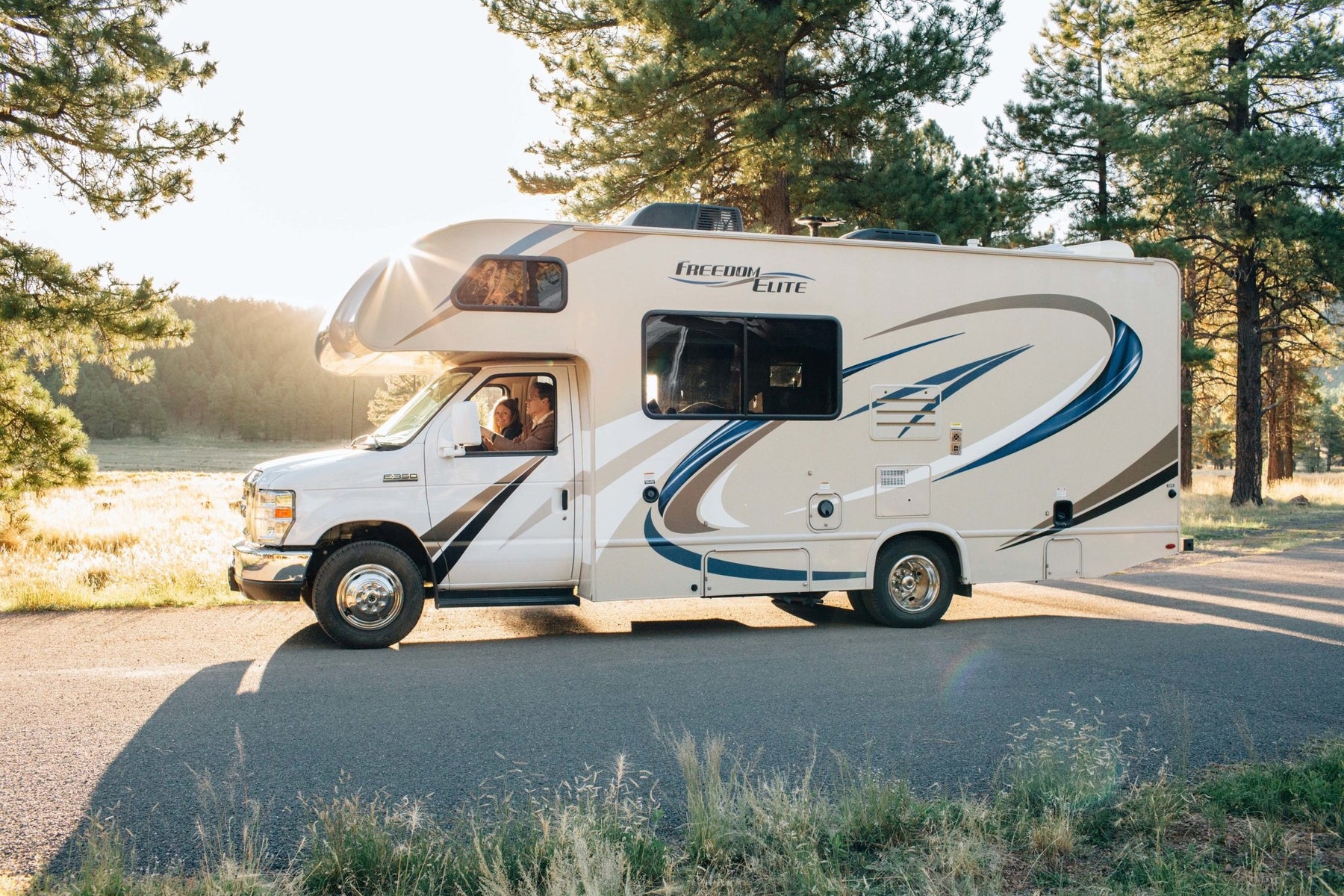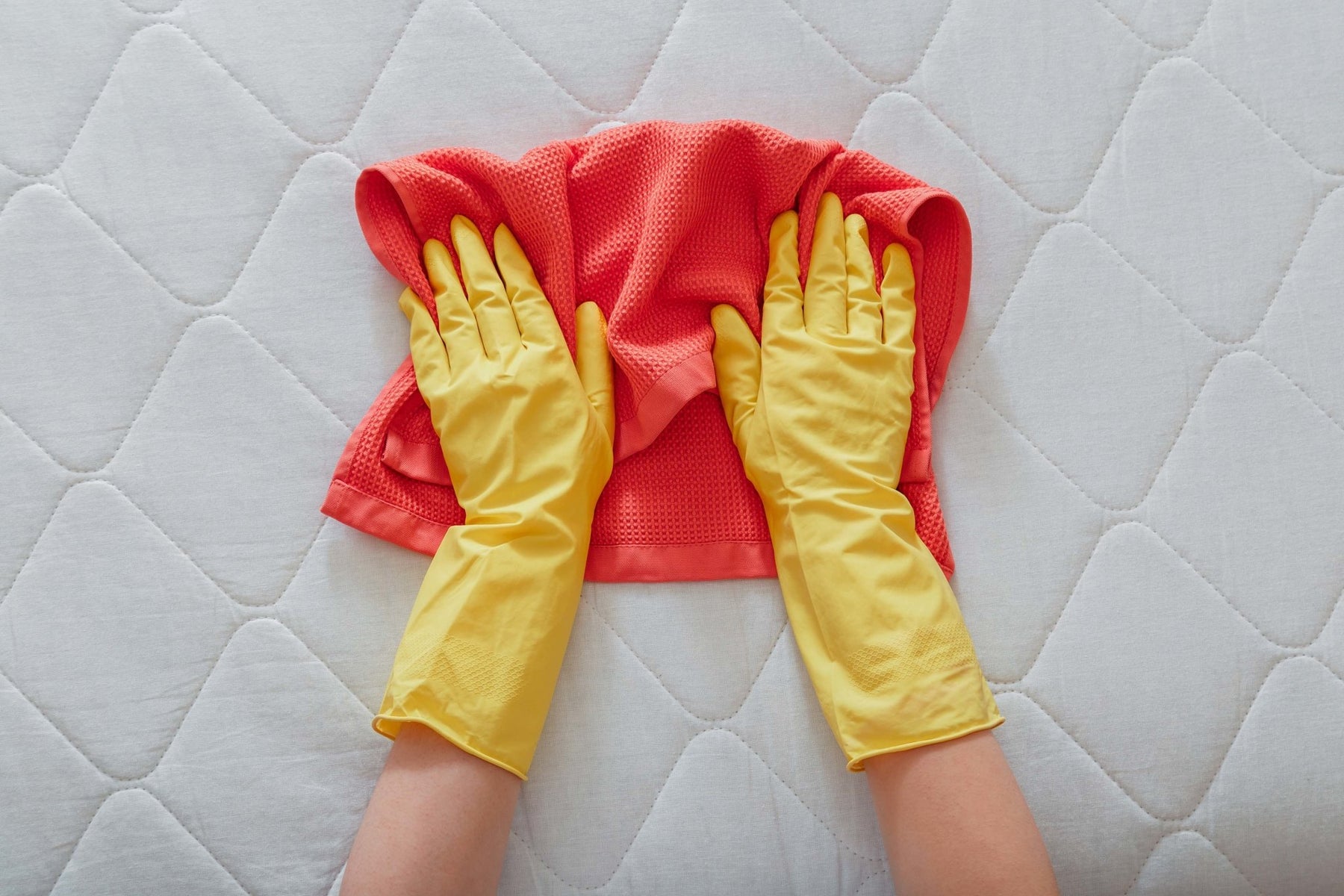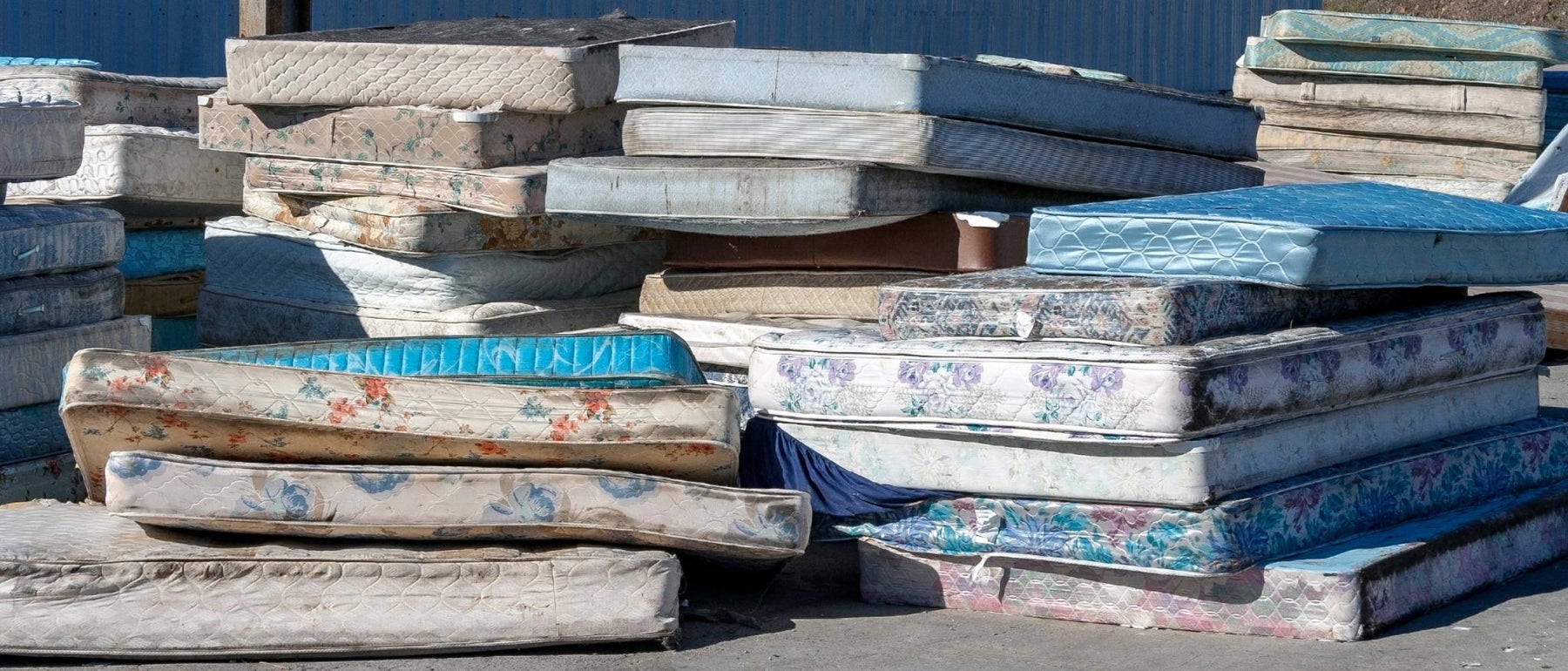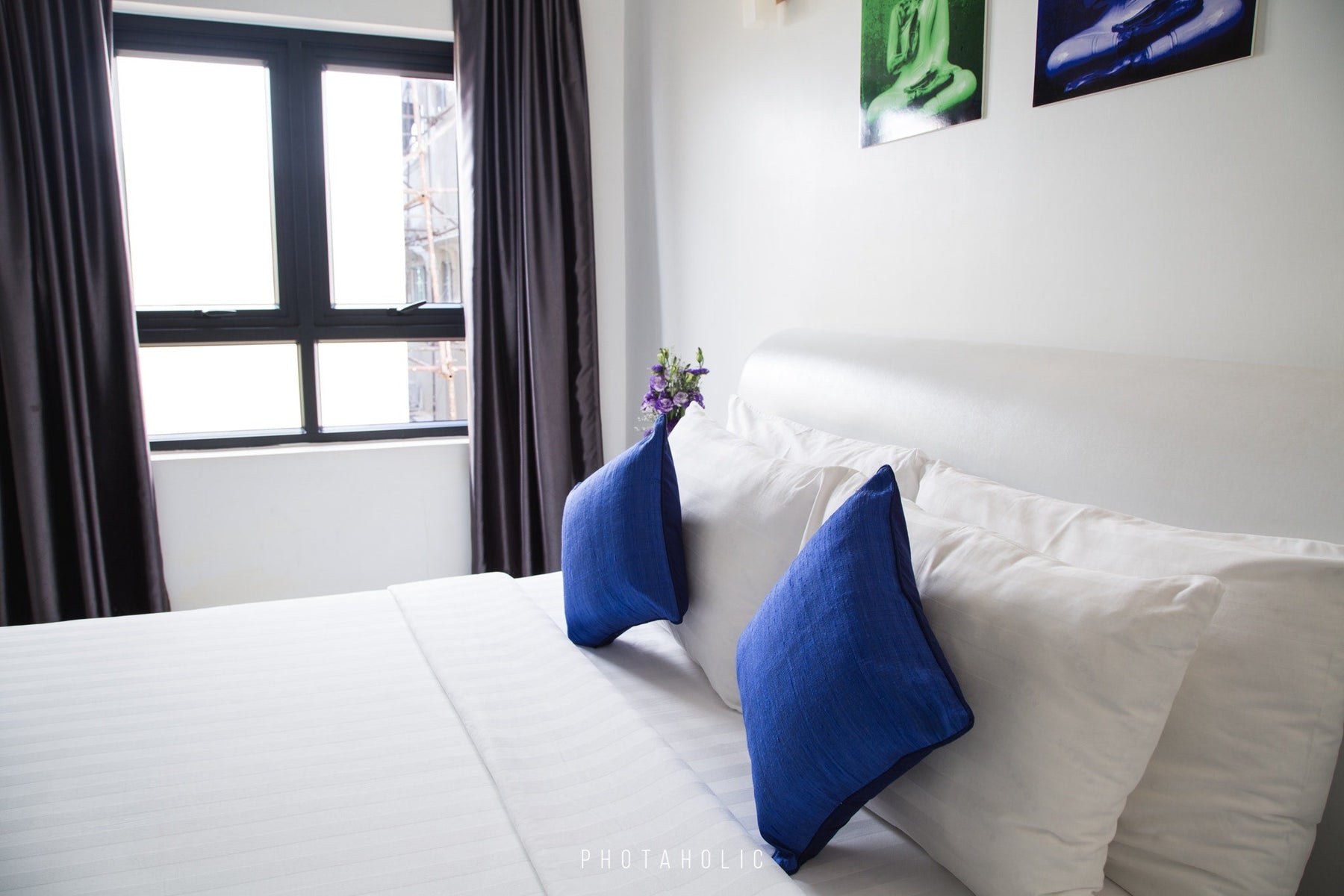
How to Vacuum Seal a Mattress: A Comprehensive Guide
How to Vacuum Seal a Mattress
Have you been wracking your brain trying to figure out how to vacuum seal a mattress? You're not the only one. Vacuum sealing a mattress is no easy feat, but it can be done with the right tools, a little bit of elbow grease, and some step-by-step instructions. Here's everything you need to know about how to vacuum seal a mattress.
Have you been wracking your brain trying to figure out how to vacuum seal a mattress? You're not the only one. Vacuum sealing a mattress is no easy feat, but it can be done with the right tools, a little bit of elbow grease, and some step-by-step instructions. Here's everything you need to know about how to vacuum seal a mattress.
Gather Your Materials First

Before you get started, you'll want to make sure you have the tools you'll need throughout the process. There's nothing worse than starting a project only to realize you're missing an essential piece of equipment. Here's what you'll need:
- A vacuum with a hose attachment or a Shop Vac.
- A sealable plastic mattress bag - These bags come in various sizes that coincide with standard mattress sizes. So if you have a twin-size mattress, choose a twin-size bag, and so on. Ensure that the bag has a valve that matches the diameter of your vacuum's hose. That means you'll need to measure the diameter of your hose before you go shopping for a bag.
- Ratchet Straps - These are fasteners that will help to keep the mattress from unraveling after it's compressed and rolled up.
- Tape - You'll need tape to further secure the mattress and ensure that air doesn't get into the bag after the compression process is complete. Either duct tape or packing tape will work.
How to Vacuum Seal a Mattress Step by Step

With all of your materials gathered, you're ready to vacuum seal your mattress. Here's how to do it the right way. Soon, you'll realize that it's not as complicated as it may have seemed at first.
Prepare Your Mattress for Vacuum Sealing
Before you vacuum seal your mattress, you'll need to do some preparation. This includes removing all sheets, pillows, and any other materials from the surface of the mattress. Once the mattress is clear, take a moment to vacuum both the top and bottom surfaces to remove any dust, dirt, or debris. Once that's done, you're ready to move on to the next step.
Put Your Mattress in the Bag
Now it's time to place your mattress in the bag. Place the mattress on the floor and then pull the bag over the entire mattress. If you have someone helping you and your mattress isn't too large, you can stand the bag up and drop it into the bag. Another option is to stand the mattress up and lean it onto a wall, then slide the bag over the mattress.
Attach the Vacuum Hose to the Bag
With the mattress in the bag, it's time to attach the vacuum hose to the bag. The right bag will have a valve you can easily attach the hose to. If your bag doesn't have a valve, you can create one by cutting a small hole in the bag and then sealing it around the vacuum hose with duct tape or packing tape.
Remove Air from the Bag
Now it's time to remove the air from the bag. Turn on your vacuum to begin sucking the air out of the mattress. You'll see the mattress start to compress and collapse as the air is removed. Continue until the mattress is completely compressed.
Roll Up Your Mattress
While the vacuum is still running, carefully begin to roll up your mattress from one end. Roll as firmly as you can to minimize air pockets. Once the mattress is fully rolled, secure it with the ratchet straps. You can also use tape at this point to further secure the mattress and prevent air from getting into the bag.
Detach the Vacuum Hose and Seal the Bag
The next step is to detach the vacuum hose and seal the bag. Start by turning off the vacuum. Then, carefully remove the hose from the valve or hole you created. Once the hose is removed, quickly seal the bag with duct tape or packing tape.
You're all done!
How Long Does it Take to Vacuum Seal a Mattress?
The entire process of vacuum sealing a mattress shouldn't take more than 30 minutes to an hour, depending on the size of your mattress. A couple of things that could make the process take a bit longer include:
- Having to vacuum the mattress before sealing it.
- Not having all the materials you need on hand.
- Taking breaks during the process.
With that said, vacuum sealing a mattress is a relatively quick and easy process that virtually any able-bodied adult can do.
Can You Vacuum Seal All Mattresses?
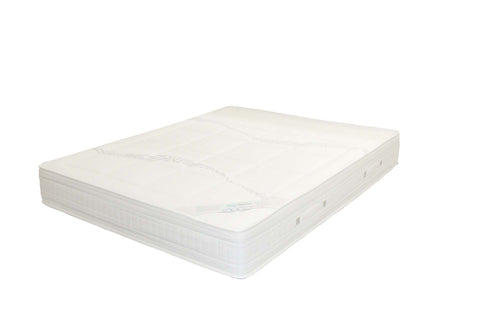
Vacuum sealing is best reserved for foam or latex mattresses (as well as some hybrid mattresses), as these mattress types are forgiving. This means that they won't be easily damaged during the compression process and should expand without issue later. Vacuum sealing can cause irreversible damage to innerspring mattresses, so it's not recommended.
How Long Can You Store a Vacuum-sealed Mattress?

For mattresses that can be vacuum sealed, you have to be very careful about storage. If you plan on storing your mattress for more than a couple of months, your chances of ruining the mattress increase. So, we advise against storing it in a compressed state for longer than 8 weeks. If you need to store your mattress for longer than 8 weeks, simply wrap the mattress in plastic without vacuum sealing it. That way, you can avoid any potential damage that may occur during a prolonged compression period.
How Soon Can You Sleep On a Vacuum-sealed Mattress?
If your mattress came vacuum sealed in a box or you just vacuum sealed it yourself, you might wonder how long you have to wait before using it. The good news is that you can usually sleep on your mattress the same day you remove it from the plastic. Just give it a few hours to expand fully, and then make your bed as usual.
Risks of Vacuum Sealing a Mattress

Vacuum sealing a mattress comes with some risks. And knowing about these risks can help you decide whether you even want to go this route. We'll outline the risks of vacuum sealing a mattress in this section:
- Instant Damage (for coil spring mattresses): Innerspring mattresses can be easily damaged during the compression process. This is because the compression of vacuum sealing puts the coils under a lot of pressure, causing them to pop out or lose their shape.
- Loss of Comfort and Support. Vacuum-sealed mattresses may not be as comfortable as they were before they were compressed. Once you vacuum seal a mattress, it changes its structure. So, if you have a foam mattress that's already soft, it might become too soft after being vacuum sealed. Moreover, a firm mattress that's been vacuum sealed might not be as firm as it used to be. But that's not all; it could also lose its ability to bounce back or become misshapen. And once that happens, you could experience body pain after sleeping on it again.
- Mold and Mildew Growth. Another risk is that your mattress could develop mildew or mold growth while in storage. If there's any moisture in the bag when you seal it, it will create an environment where mold and mildew can thrive. So, it's important to make sure your mattress is completely dry before vacuum sealing it.
Benefits of Vacuum Sealing a Mattress
For many, the risks of vacuum sealing a mattress are nothing compared to the benefits of doing so. We'll go over the benefits of vacuum sealing a mattress in this section:
- It's Convenient. One of the major benefits of vacuum sealing a mattress is that it's more convenient than storing your mattress in a traditional storage unit. When you opt to store your mattress in a storage unit, you have to transport it there. Then, when you want to use it again, you have to lug it back home. But with a vacuum-sealed mattress, you can store it in your home or take it right to your new house/apartment with very little hassle.
- It Takes Up Less Space. Because the mattress is compressed when it's vacuum sealed, it takes up less space than it would otherwise. So, if you live in tight quarters, vacuum sealing your mattress is a great option to maximize your space. It’s also easier to move a rolled-up mattress than an expanded full-sized one.
- It's More Affordable. Vacuum sealing a mattress is also more affordable than other storage methods. If you don't have a mattress bag, ratchet straps, or tape at home, you can get them all for less than $50 or $60. You could end up spending much more than that if you opt for a climate-controlled storage unit and a moving truck to get it there.
- It's protective. When you vacuum seal a mattress, you're essentially encasing it in a thick layer of plastic. So, if your home ever floods, your mattress will be protected from water damage. It will also be protected from critters, dust, and other elements that could damage it while in storage.
So, there you have it! Everything you need to know about how to vacuum seal a mattress, from the risks and benefits to the step-by-step process. We hope that this guide has been helpful and that you now feel confident enough to vacuum seal your mattress if you deem it the right option for you. Good luck!
Other articles you may like
0 comments

CertiPur-US Certified!
Our Mattresses are certified Flexible polyurethane foam. Meaning that our Mattresses have been tested to meet the rigorous standards for emissons, content, performance, and durability. Specifically, the foam is: Made without ozone deleters. Made without PBGDEs, TDCPP or TCEP flame retardants!
Subscribe to Our Newsletter
Sign up and never miss a Sale!
Frequently asked questions
Frequently asked questions

